Historical records and activities should be preserved so that future researchers can have easy access to past events. The archives section is currently empty and since we have to start somewhere we will publish the past four years’ annual reports, together with some of the photos that have either appeared in the Sussex BC report or the Adastra report. The latter is an annual review of wildlife recording in Sussex, published by the Sussex Biodiversity Record Centre.
Hopefully other annual reports will follow and also other important archive material that members would like to see on the website.
An egg-laying Continental Swallowtail, Brighton
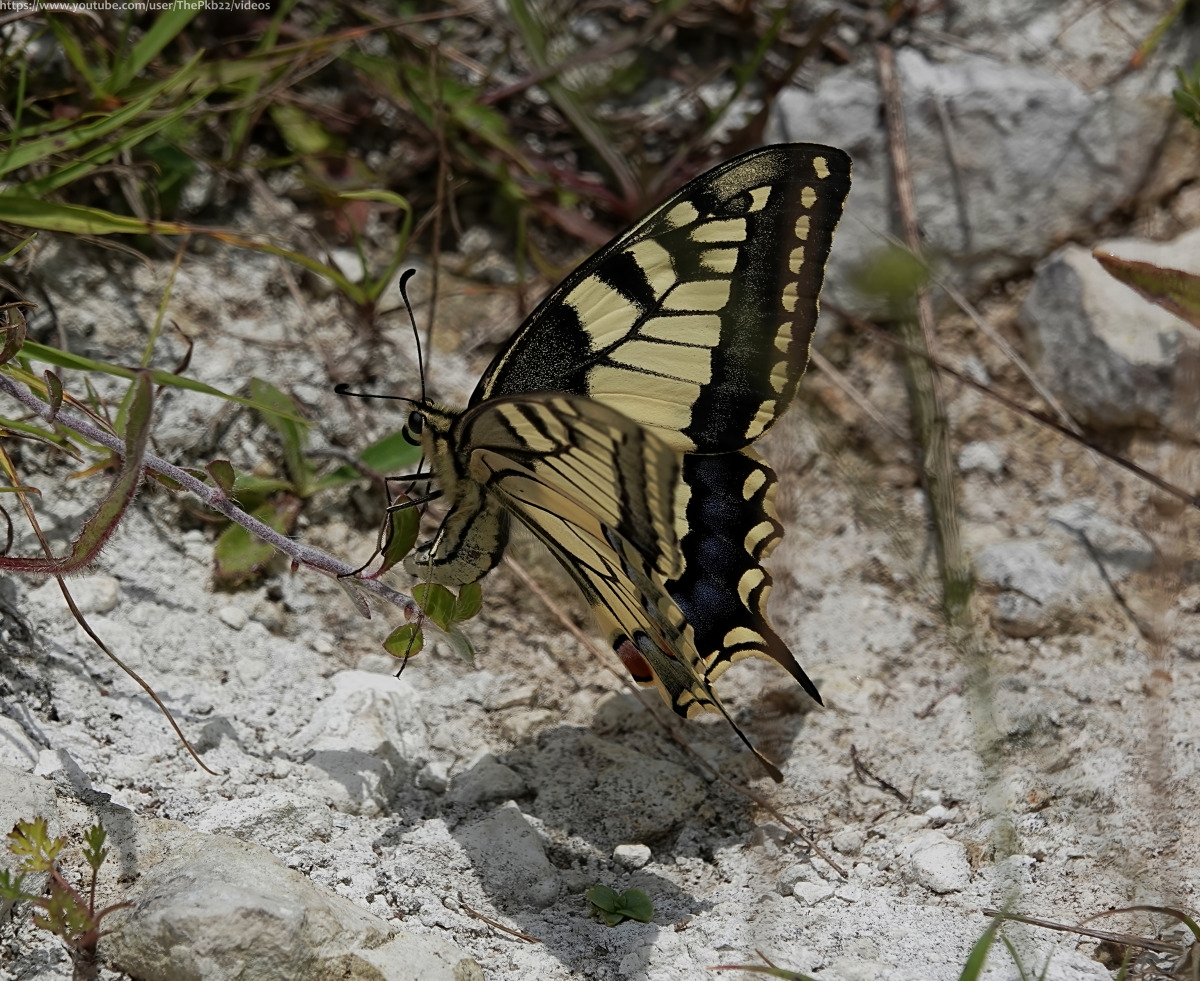
Philip Booker 18/07/2023
An "urban" Wall, Polegate
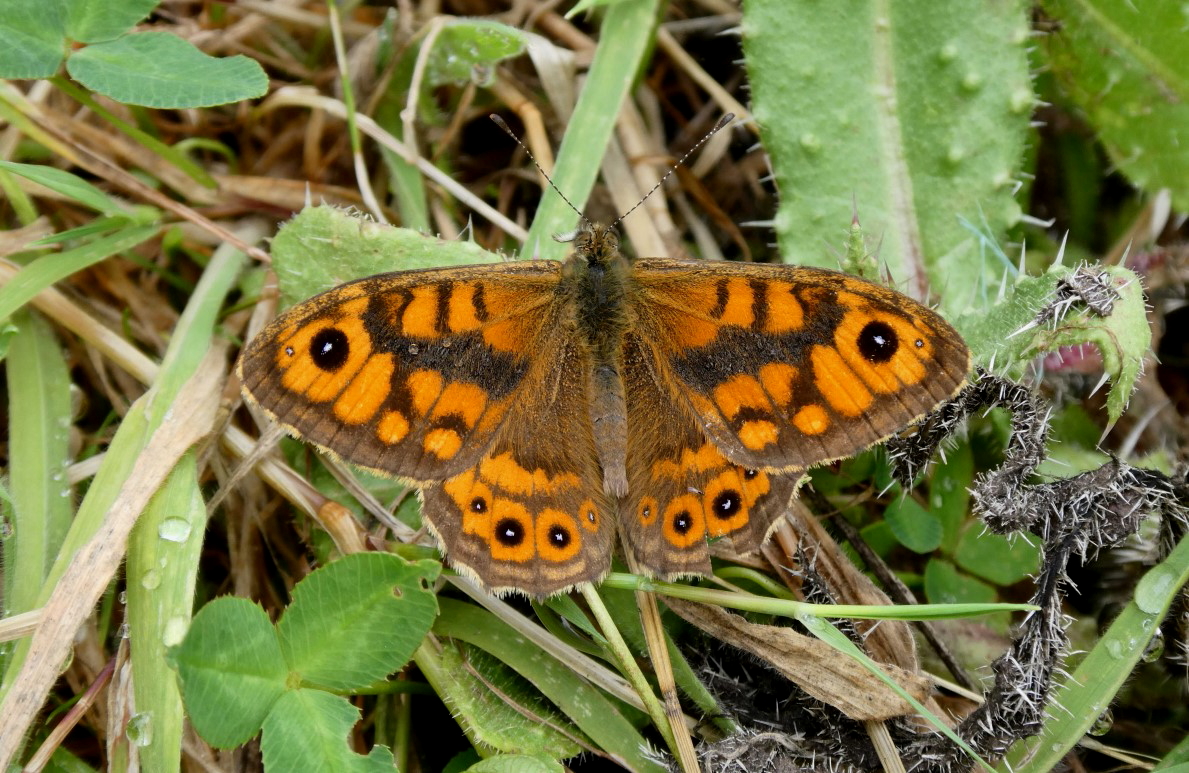
Peter Farrant 28/07/2023
Mating-pair of Long-tailed Blues, Lancing Ring
 Neil Hulme.jpg)
Neil Hulme 08/10/2023
Read the full report here:
Grizzled Skipper ab. tarus, Marline Valley LNR
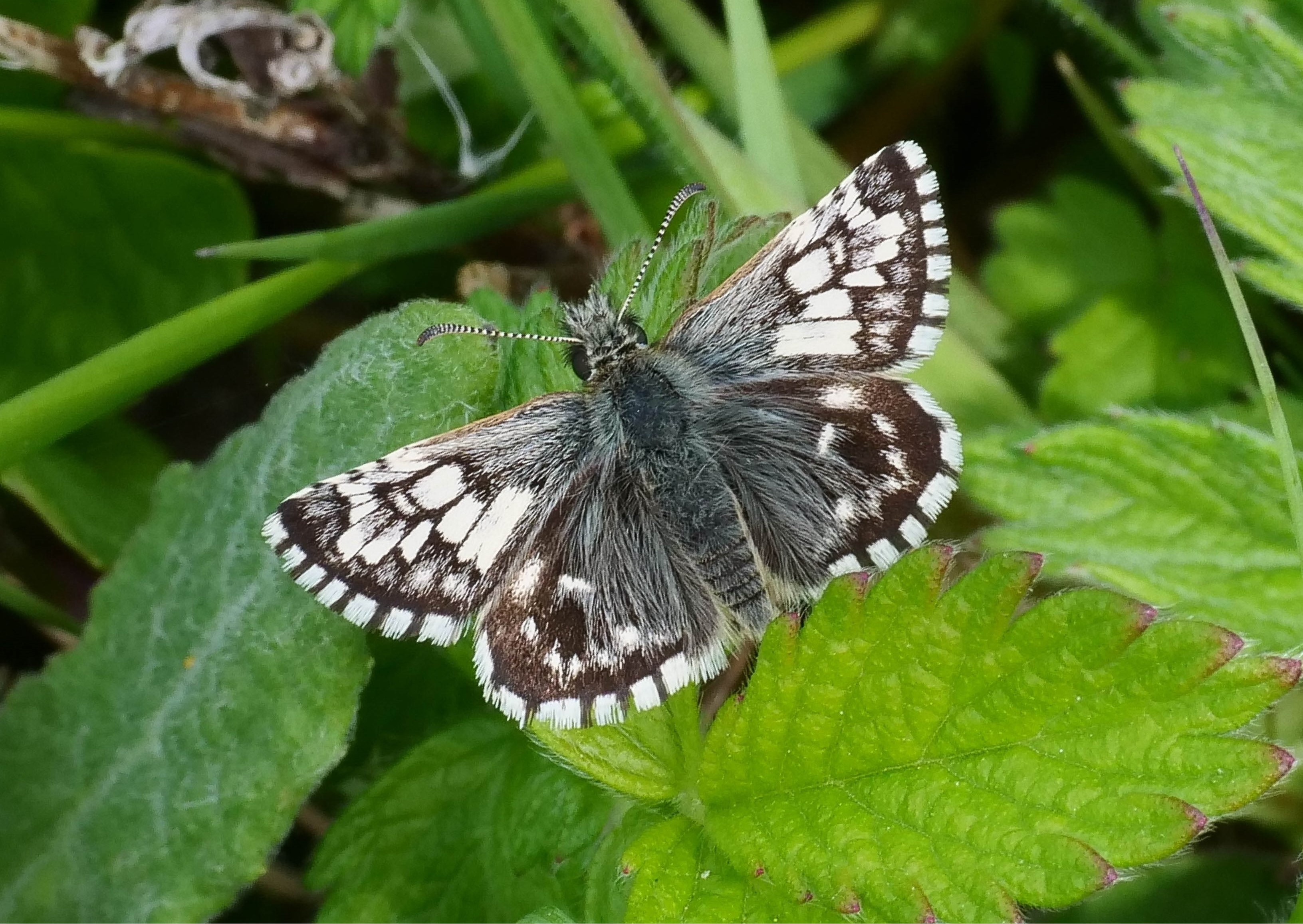
Nicholas Turner 09/05/2022
Large Tortoiseshell at Knepp
 Neil Hulme.jpg)
Neil Hulme 05/07/2022
Grayling at Deep Dean
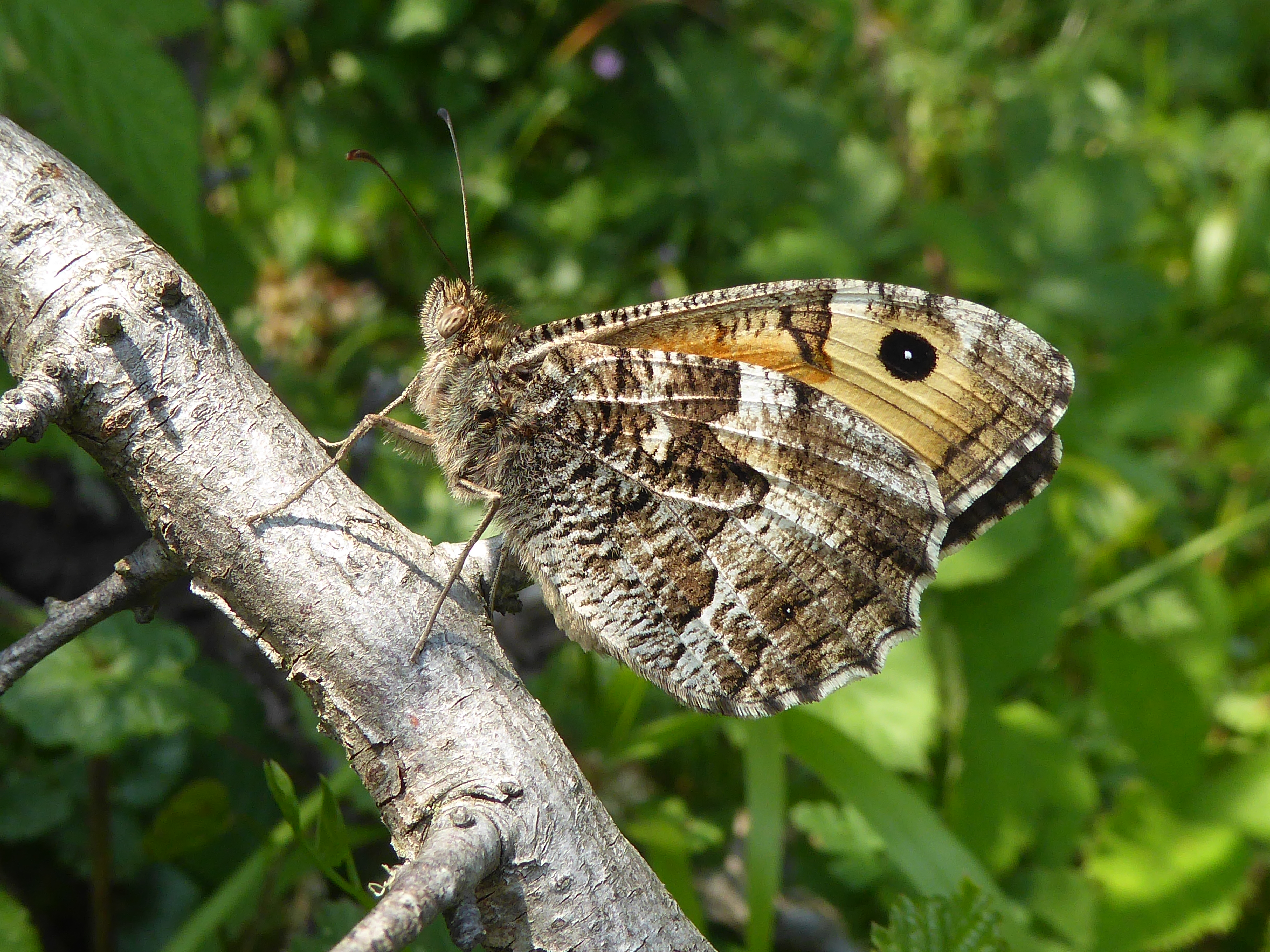
Patrick Moore 21/07/2022
Read the full report here:
Roosting Dingy Skipper at Well Bottom
CrX-29042021-1Dave_Browne1163.jpg)
Dave Browne 29/04/2021
Mating-pair of Silver-studded Blues at Iping Common
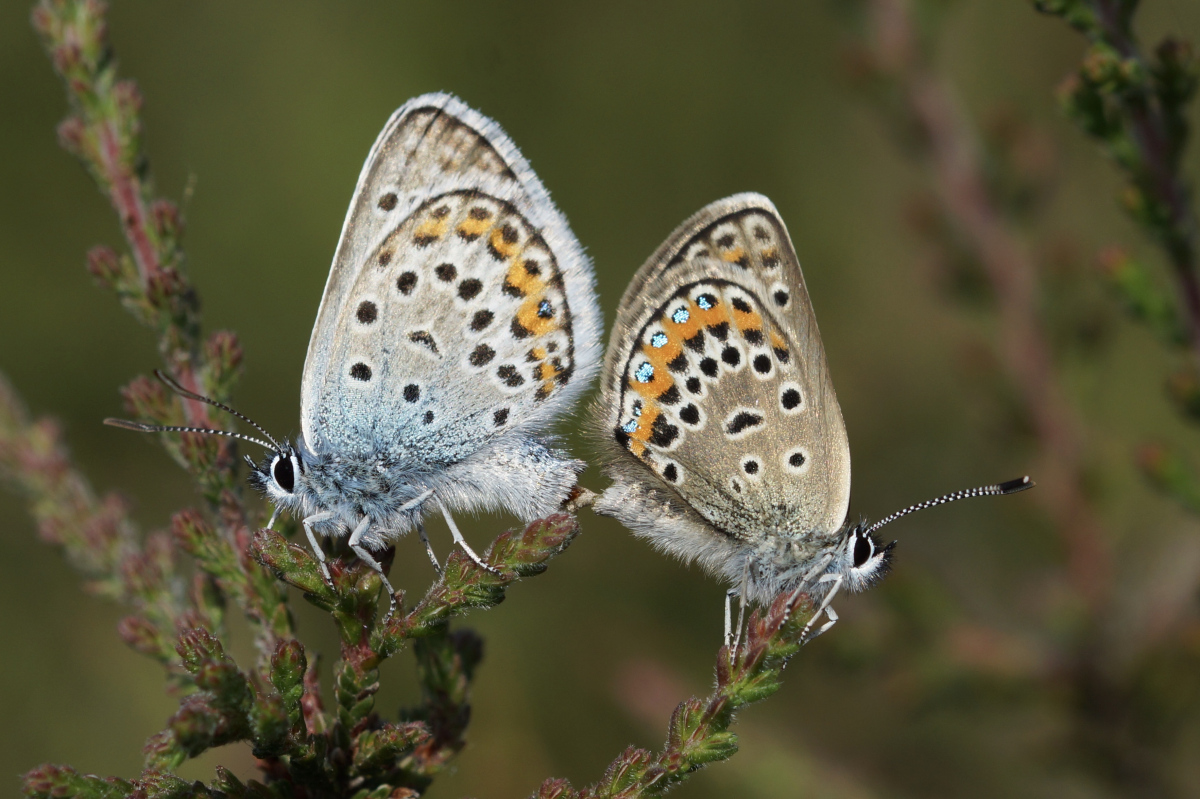
Katrina Watson 16/06/2021
Male Dark Green Fritillary ab. cadmeis Lemp, at Deep Dean
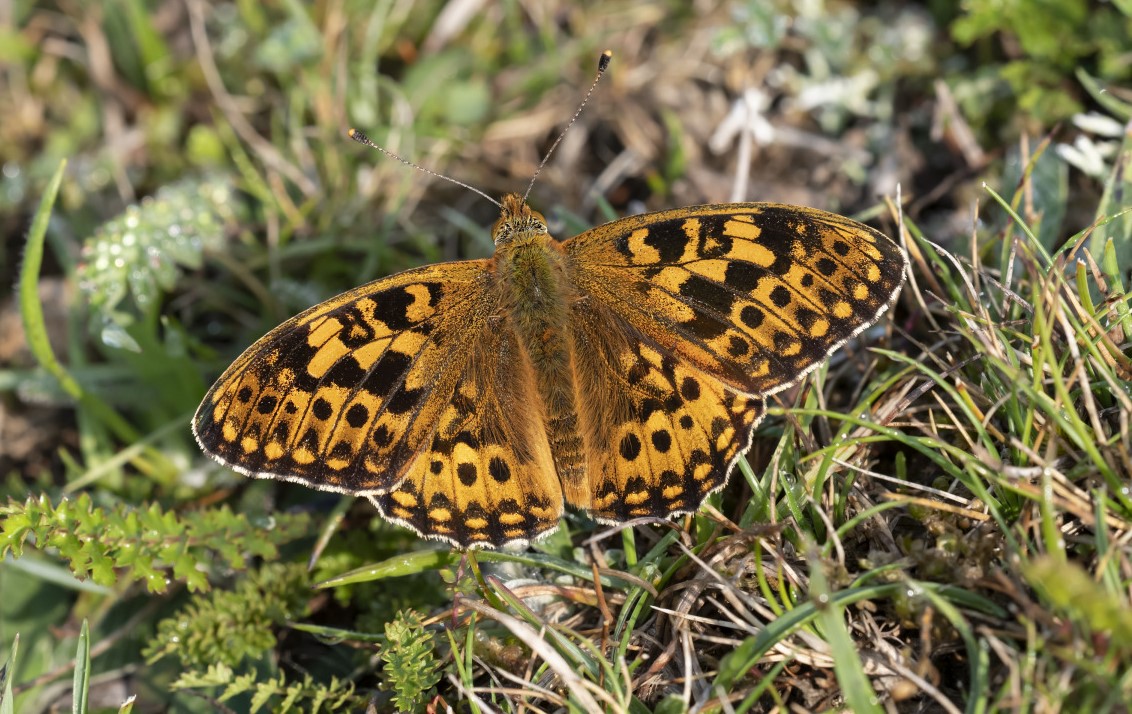
Bob Eade 02/07/2021
The spring and early summer months of 2021 were marked by unusual weather patterns that significantly impacted butterfly activity in Sussex. Here's a breakdown:
The challenging weather conditions during spring and early summer had a mixed impact on different species. While some, like the Duke of Burgundy and Small Blue, thrived, others, including the Orange-tip, Green-veined White, and Small Copper, struggled. This period highlights the delicate balance between weather patterns and butterfly life cycles, showcasing how adaptable some species are while underscoring the vulnerability of others to environmental changes.
Read the full report here:
Green Hairstreak, egg-laying on Birdsfoot Trefoil, in a Storrington garden
.JPG)
Martin Kalaher 01/06/2020
Male Chalk Hill Blue in the evening light at Friston
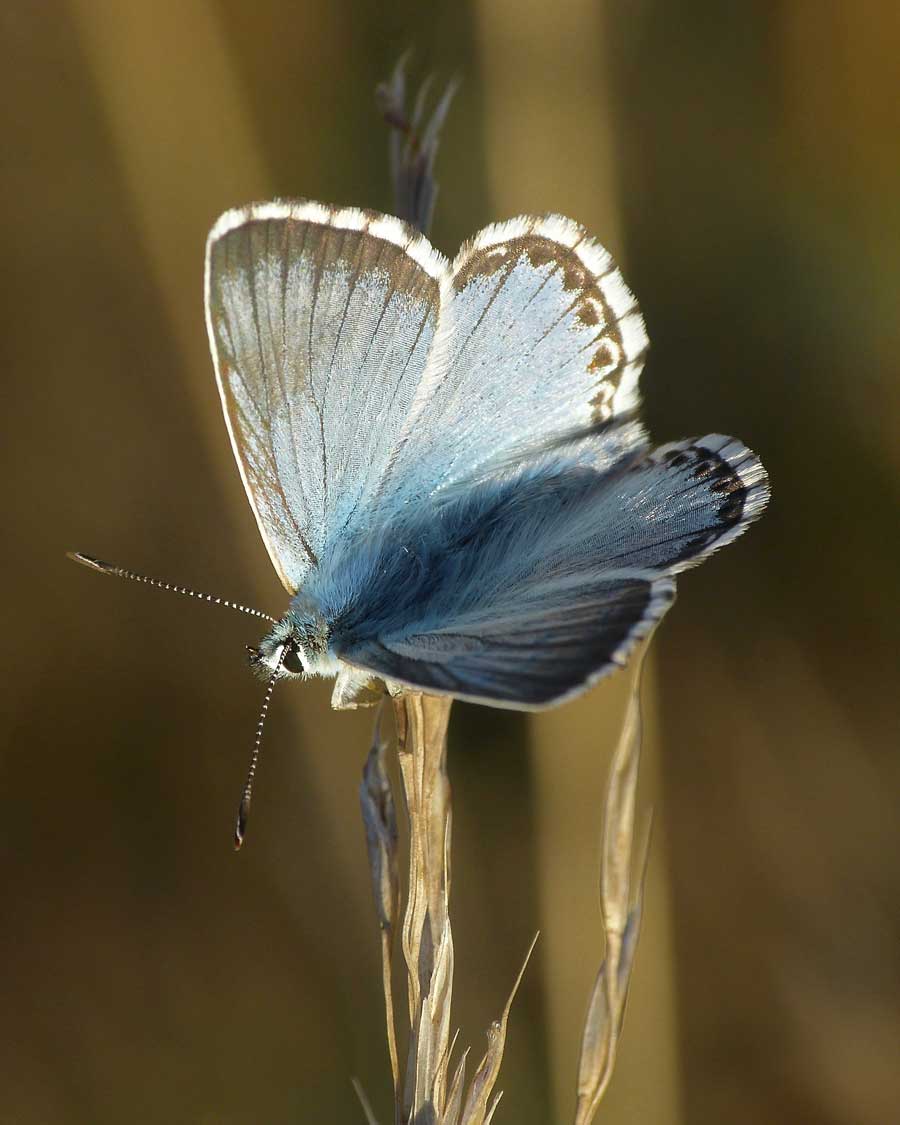
John Williams 06/08/2020
Comma feeding on Blackberries at Arlington Reservoir
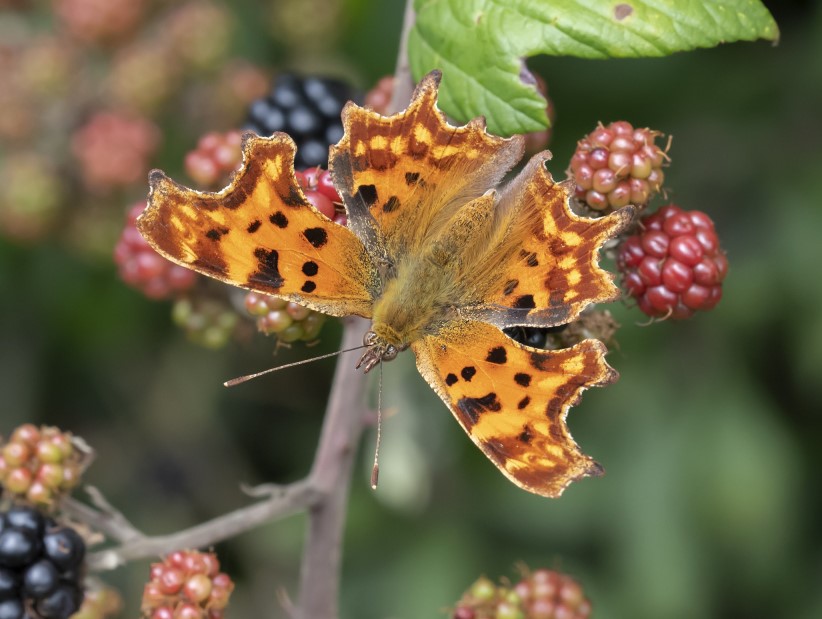
Bob Eade 31/08/2020
Read the full report here:
Pearl-bordered Fritillary perched on a Bluebell, in Rewell Wood
-28.4.19-5769654540.jpg)
Neil Hulme 28/04/2019
Female Small Blue, Hollingdean Park Butterfly Bank, Brighton
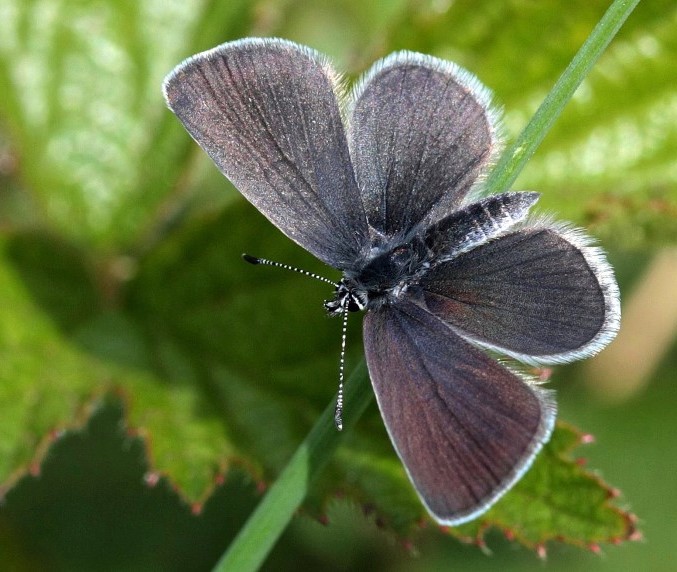
Jamie Burston 02/05/2019
Aberrant Brown Hairstreak in a Storrington garden
.JPG)
Martin Kalaher 01/08/2019
Read the full report here:
Continental Swallowtail at Mt. Caburn
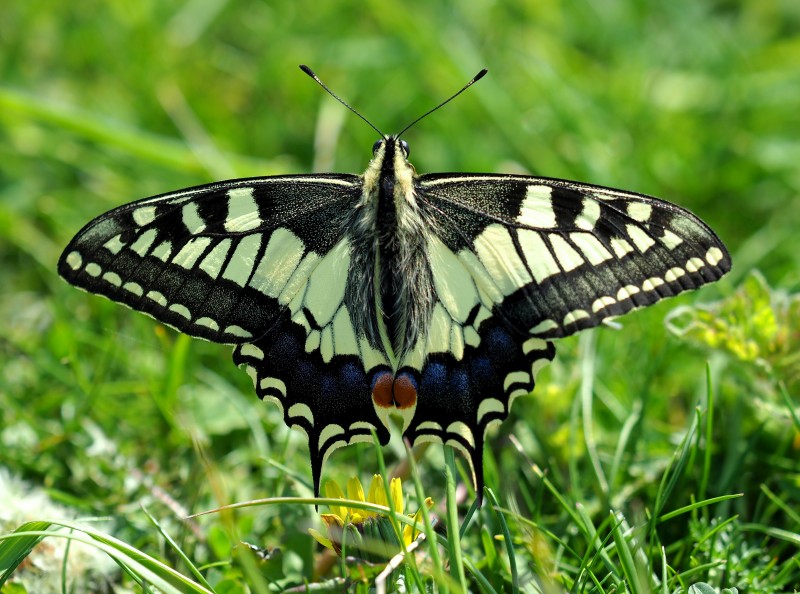
Keith Wilson 07/05/2018
Camberwell Beauty at Bury Hill
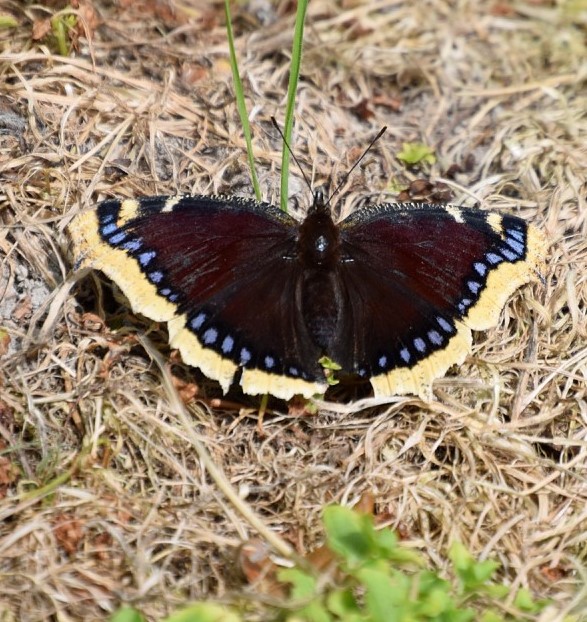
Mark Aldridge 23/06/2018
Purple Emperors on a sap bleed at Knepp
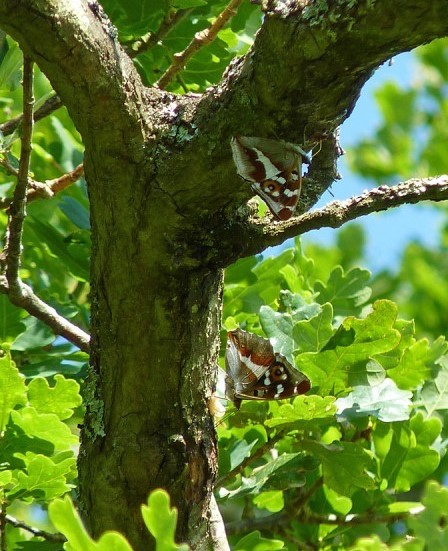
Neil Hulme 24/06/2018
2018 will be remembered for the long, hot summer, though it had a cold start with the "Beast from the East" arriving early in the year, delaying butterfly sightings.
Read the full report here:
Pearl-bordered Fritillary on a Bluebell, at Abbots Wood
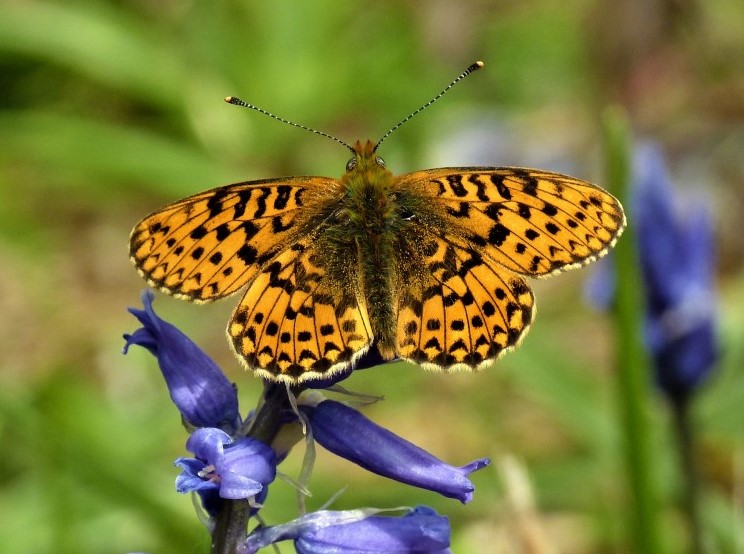
Trevor Rapley 27/04/2017
Marbled White on a Pyramidal Orchid at Fairmile Bottom
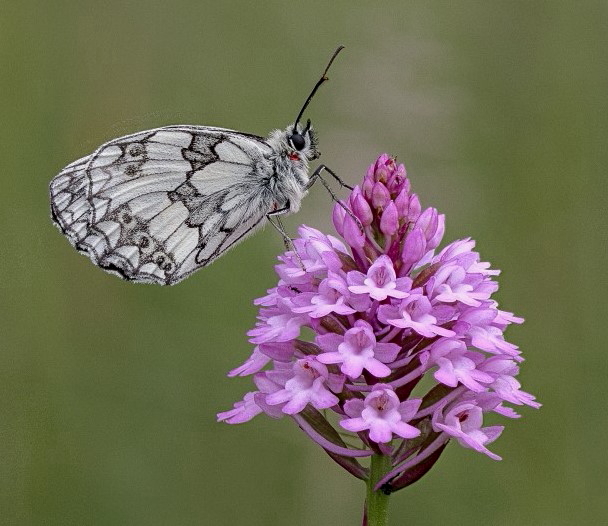
Bill Brooks 29/06/2017
Silver-spotted Skipper at Ditchling Down
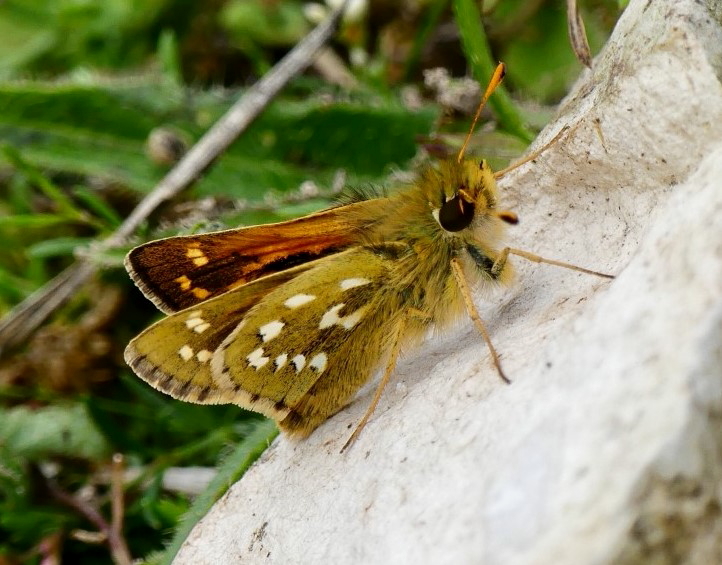
David Cook 31/07/2017
A major recovery year after a terrible 2016, which was marked by low butterfly numbers due to an unusually mild winter and cold spring.
Read the full report here:
Mating-pair of Duke of Burgundy on the Storrington Downs
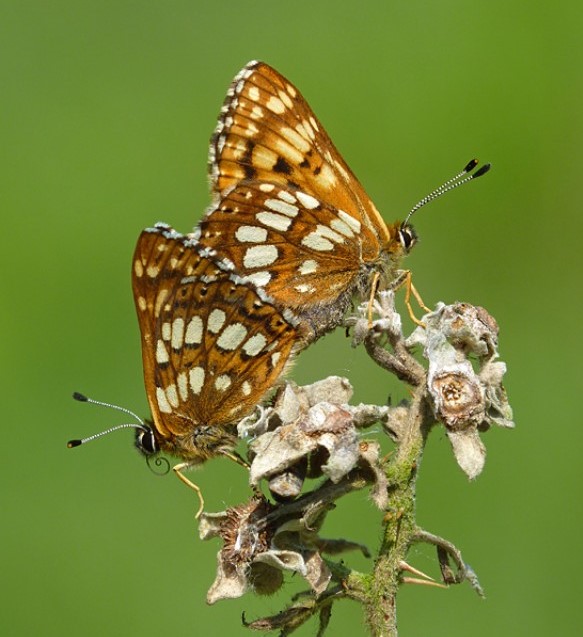
Neil Hulme 29/05/2016
Mating-pair of Wood White
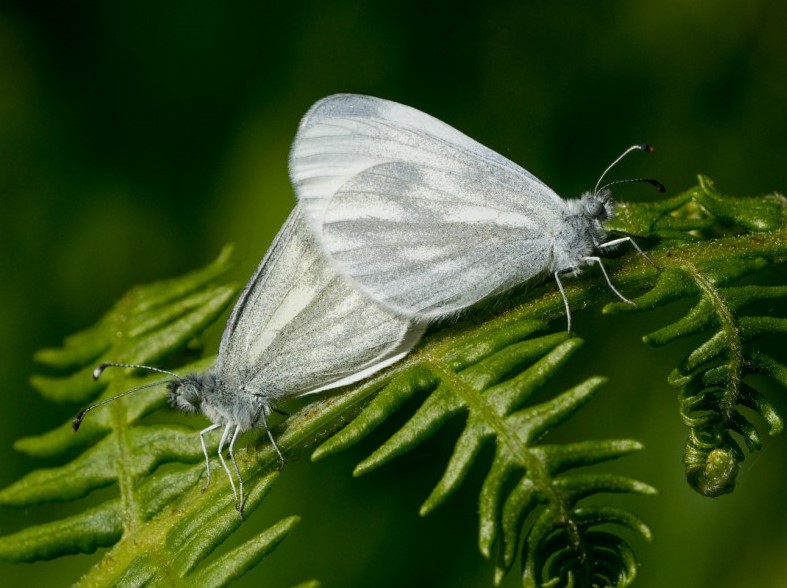
Douglas Neve 23/05/2016
Mating-pair of Dingy Skipper at Heyshott Escarpment
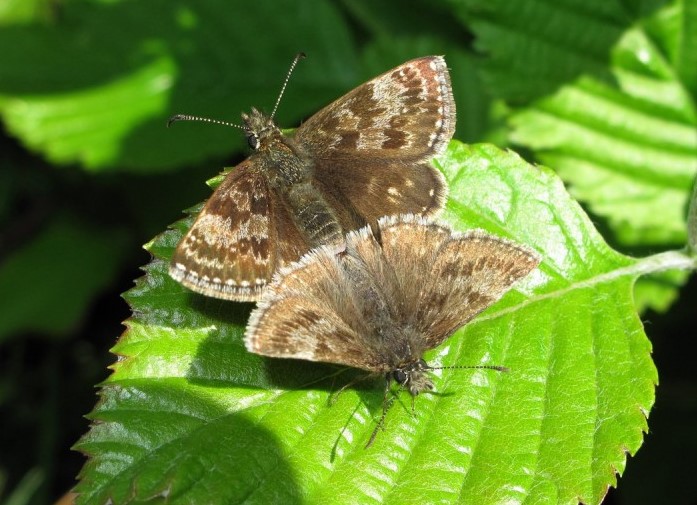
Vince Massimo 23/05/2016
2016 was a difficult year for butterflies in the UK, with many common species experiencing significant population declines.
Read the full report here:
Pearl-bordered Fritillary on a Bluebell, at Abbots Wood

Trevor Rapley 27/04/2017
Marbled White on a Pyramidal Orchid at Fairmile Bottom

Bill Brooks 29/06/2017
Silver-spotted Skipper at Ditchling Down

David Cook 31/07/2017
The report focuses on the rare Scarce Tortoiseshell butterfly (Nymphalis xanthomelas) and its surprising sightings in Sussex.
Read the full report here: